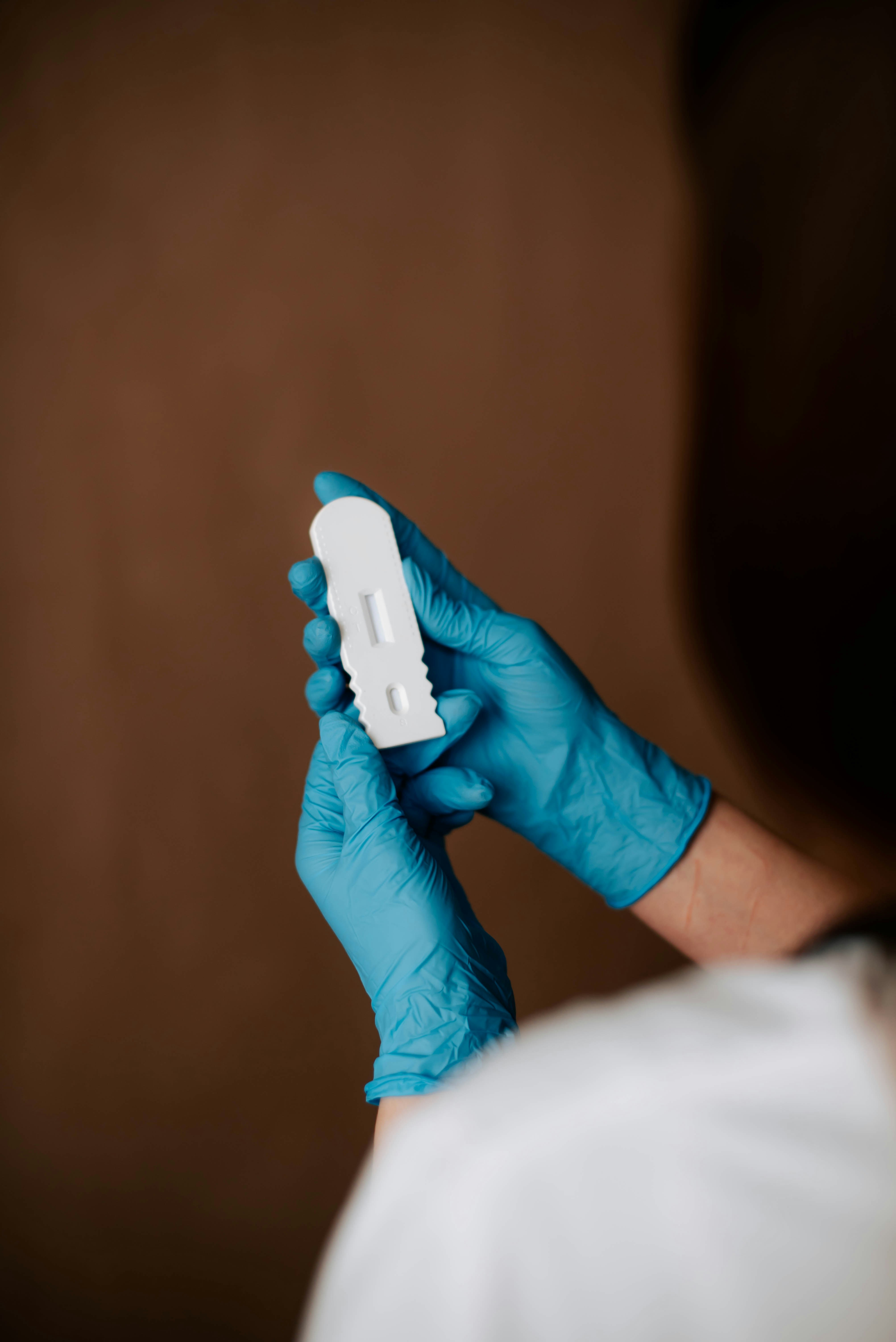
Project ACT was a cooperative effort from The Rockefeller Foundation, state health departments, CareEvolution, iHealth Labs, and Amazon.com. RFCC enabled these partners to come together and deploy rapid antigen tests in hard to reach areas across the US.
Originally launched as a pilot project in 2022 by The Rockefeller Foundation, the project culminated with the delivery of more than 6.7m tests across participating states and is now complete.
Participating states – Arkansas, Illinois, Kansas, Maine, Michigan, New Mexico, North Carolina and Ohio– first identified which communities to prioritize and how many orders per household were needed.
CareEvolution and Amazon provided logistics and delivery expertise, and iHealth provided the tests. RFCC served as the cost aggregator for states and managed the overall partnership between iHealth, Amazon, and CareEvolution.
The project had three main components which made it a success:
- Control: Project ACT engaged interested States to identify and support their direct-to-consumer at-home testing needs and take the aggregate demand numbers and commitments from States to work with manufacturers to secure capacity and drive down price.
- Consumers: Project ACT was a direct-to-consumer model, with households ordering and receiving tests from the comfort of their homes within 3 to 5 days to the communities that need them the most based on zip codes provided by States.
- Cost: This collaborative model achieved remarkable scale and cost savings, with an all-in cost (test, logistics, and distribution) as low as $6.23. In addition, costs to run the platform and administer the Project were distributed among a larger number of participants to reduce these costs.
